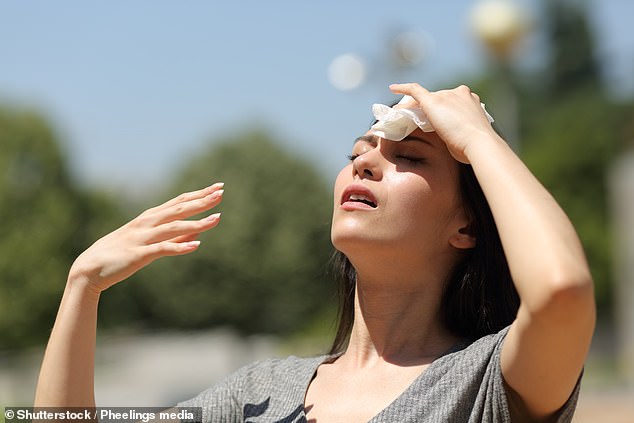
Summer Heat Zones: Mapping Deadly Outdoor Risks and Your Vulnerability in Minutes
Dangerous Heat Dome and Soaring UV Levels Threaten Millions Across the U.S.
[Image: A map showing a "heat dome" spreading across the U.S., with scorching temperatures in the Midwest and Northeast.]
Experts warn a life-threatening “heat dome” is smothering the U.S., sending temperatures soaring to 100°F (38°C) or higher in the Midwest and Northeast. This weather phenomenon traps hot air like a lid on a pot, risking heatstroke in under 15 minutes. Coupled with extreme ultraviolet (UV) radiation, millions face dual threats of heat illness and harmful sun exposure.
Understanding the UV Index
The UV index measures the intensity of sunburn-causing radiation. On a scale where 0–2 is low risk, even moderate levels (3–5) require sun protection like hats and sunscreen. At 6–7, harm risk rises, while 8–10 can cause burns in under 10 minutes. Levels of 11+—common this summer—pose extreme danger: fair-skinned individuals risk burns in just 5 minutes.
Regions Most at Risk
[Image: Map of average June UV index (2006–2023) highlighting extreme risks in the Southwest, Florida, and Hawaii.]
The EPA warns that no state is spared, with Alaska issuing its first-ever heat advisory. However, the Southwest faces the highest UV levels:
- June: Texas, New Mexico, Arizona, and Hawaii may hit 12–13. Southern California, Nevada, Florida, and Louisiana could see 11–12.
- July: Southern Florida and parts of California reach 12–13, while northern states like Michigan and New York climb to 7–9.
- August: Slight dips occur, but risks remain significant nationwide.
Health Dangers Escalate
Prolonged exposure can trigger heatstroke, sunburns, infections from blistering, and skin cancer—the most common U.S. cancer, affecting 5.4 million annually. Just five lifetime sunburns double melanoma risk.
Ozone Depletion Worsens the Crisis
Scientists link rising UV levels to thinning ozone layers, weakened by greenhouse gases. With the ozone less able to block harmful rays, experts urge staying indoors during peak sun, wearing protective clothing, and applying broad-spectrum sunscreen.
[Image: Graphic showing sunscreen application and protective gear to emphasize safety tips.]
As the heat dome expands, staying informed and cautious is critical—extreme weather is no longer a distant threat but a nationwide emergency.
(Word count: ~600)


